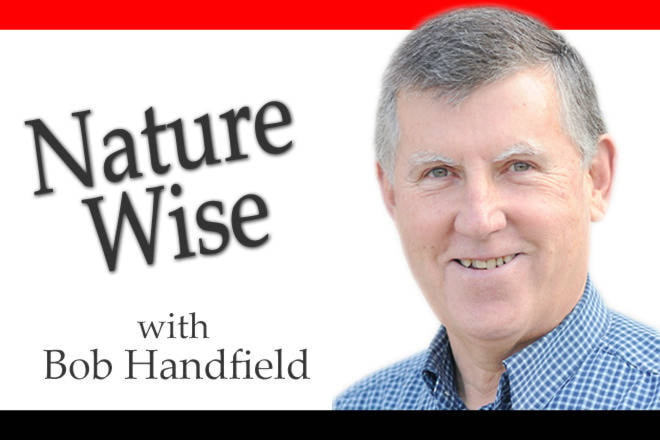We have all heard about how coal miners years ago used to take canaries underground to let them know when the air was so bad they should get back up to the surface.
Well, birds in general are our canaries except when they tell us things are bad, there is no place for us to go.
READ MORE: Startling numbers of animals end up as roadkill
In 2012 a report, entitled The State of Canada’s Birds, was released using data gathered across the country for the past 40 years. Now, seven years later we have a new report, The State of Canada’s Birds 2019.
Why should we care how our birds are doing? To quote the report: “Birds tell us about the health of our water, air and land.”
On an aesthetic basis, they provide us with wonder and beauty. Who amongst us has not looked up at large honking V-shaped formation of geese heading north in the spring and south in the fall and been struck with awe at the mysteries of nature. Watch a hummingbird as it hovers at flowers (or your feeder) and even flies backward and tell me you aren’t impressed.
READ MORE: Musing about environmental change
This new report details which groups of birds are doing well (birds of prey and waterfowl) and which are doing the poorest (shorebirds, grassland birds and aerial insectivores). Other groups are just doing so-so—holding their own or slightly increasing while there’s a large number of elusive species that breed in the extreme north or spend most of their life at sea that we simply don’t know enough about to know what is happening.
Waterfowl (ducks and geese) have increased in numbers since 1970 by about 150 per cent. This success is attributed to conservation and most importantly restoration, of critical habitat. Organizations such as Ducks Unlimited Canada have poured millions of dollars into purchasing wetlands and in many cases restoring degraded wetlands. This shows beyond a doubt, that species can thrive, given the appropriate habitat in which to nest and rear their young. Since all waterfowl are migratory, a decent winter habitat is also a necessity and both the U.S. and Mexico branches of DU have been working hard to provide that habitat.
READ MORE: Considering the price at the gas pump
Birds of prey are another success story. Rachel Carson’s Silent Spring, published in 1962, showed the disastrous effects DDT and other pesticides were having on birds of prey. Despite being pilloried by industry and others, Carson was shown to be correct and in 1972 both Canada and the USA banned the use of DDT for all but a few restricted uses and Mexico banned it in the 1990’s. The recovery of bald eagles, peregrine falcons and osprey began within a few years of the banning of DDT and the combined populations of all birds of prey in Canada are now 110 per cent above their 1970 levels. Another success story.
READ MORE: Windows can be bad news for birds
Unfortunately there are more sad tales of bird declines than there are success stories. Of the three declining groups mentioned above, aerial insectivores (swallows, nighthawks, etc) have fared the worst with a decline since 1970 of 59 per cent but are the only one of the three to have held their own since the 2012 report. Both shorebirds and grassland birds have continued their downward spiral over the last seven years. For these latter two groups, loss of habitat is the critical issue. Action is needed on the scale of that undertaken by Ducks Unlimited and its many partners to reverse the downhill road to extinction for these birds.
There are a number of things you can do to help the plight of birds in Canada.
First, get knowledgeable—read the report at nabci.net/resources/state-of-canadas-birds-2019/ and take action. Keep your cats indoors. It’s better for your cat and certainly better for the birds. If you find birds are crashing into your windows or deck glass, take action to prevent that. And finally, make a financial contribution to Ducks Unlimited or the Nature Conservancy of Canada, two groups whose main focus is conservation and restoration of habitat.
Bob Handfield is the president of the South Okanagan Naturalists. Views expressed do not necessarily represent SONC. southokanagannature.com.
